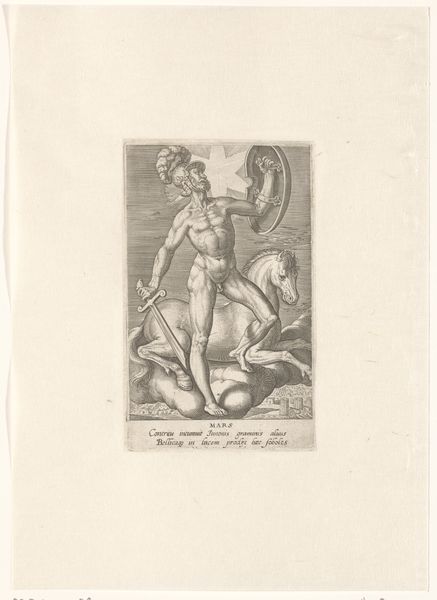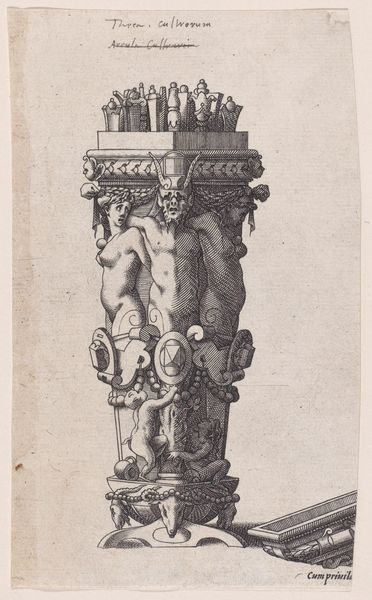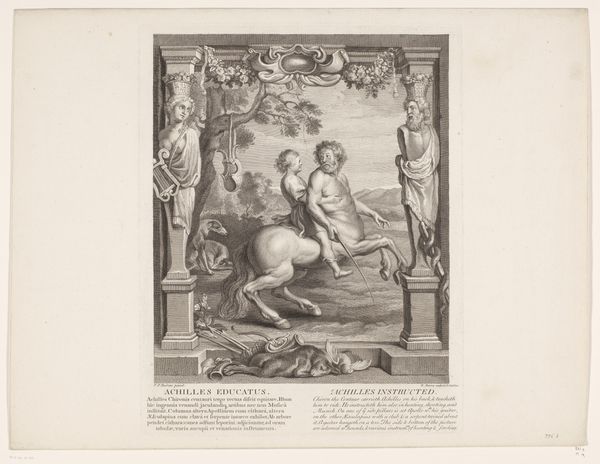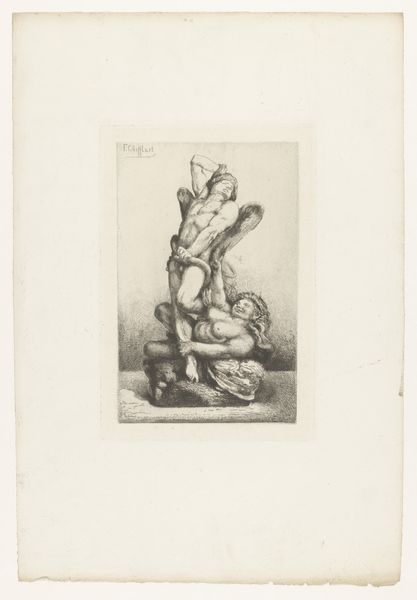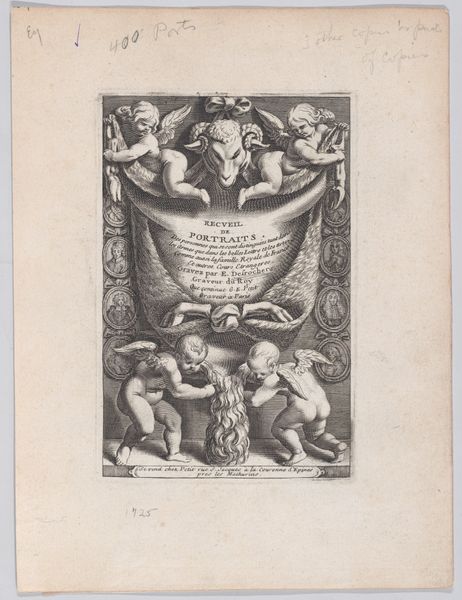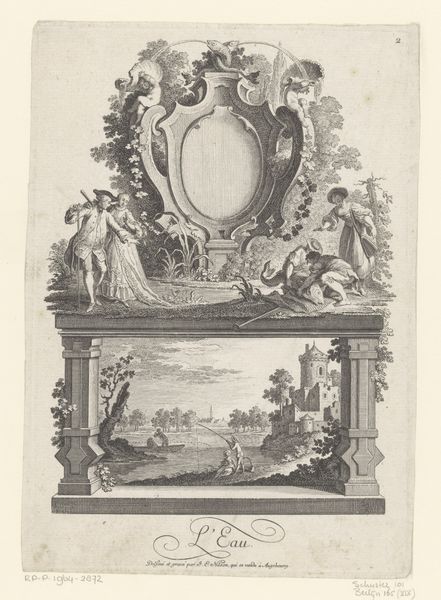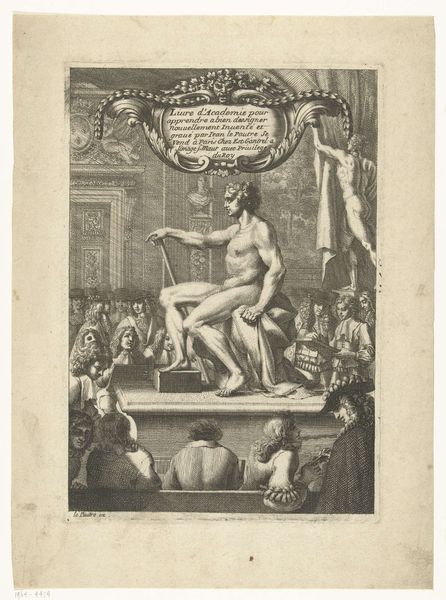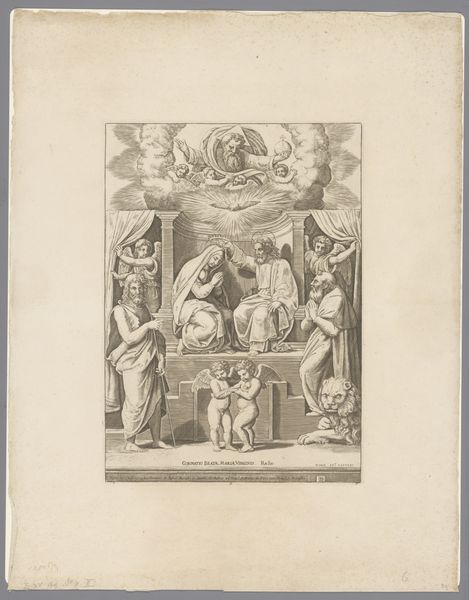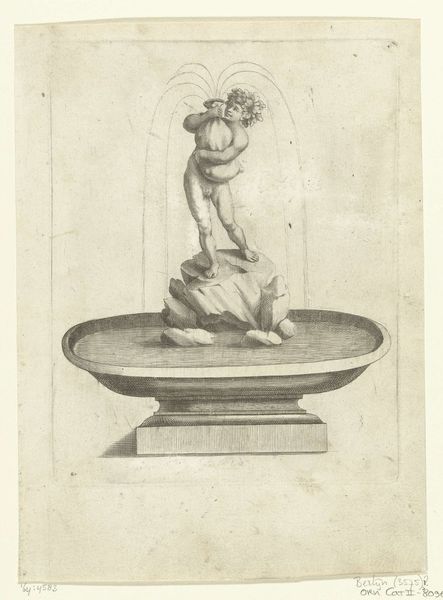
Dimensions: height 240 mm, width 162 mm
Copyright: Rijks Museum: Open Domain
Charles Dominique Joseph Eisen created this print, "De drie Gratiën," using etching, a process that bites into a metal plate to hold ink. The fine, precise lines are characteristic of this technique, enabling a high level of detail and shading, though at the cost of much labor. The material of the print itself, paper, bears the marks of this process. Consider the time involved in creating the original design, transferring it to the plate, and then the repetitive action of printing. Each impression requires individual attention, a stark contrast to today’s automated production. Prints like these circulated widely in the 18th century, making art accessible beyond the wealthy elite. Yet, the labor involved in their creation often went unacknowledged. Looking closely at the etched lines, we can appreciate the skill and effort embedded in this seemingly simple image, reminding us that even in mass-produced art, the hand of the maker is always present. It prompts us to value the labor behind it.
Comments
No comments
Be the first to comment and join the conversation on the ultimate creative platform.
